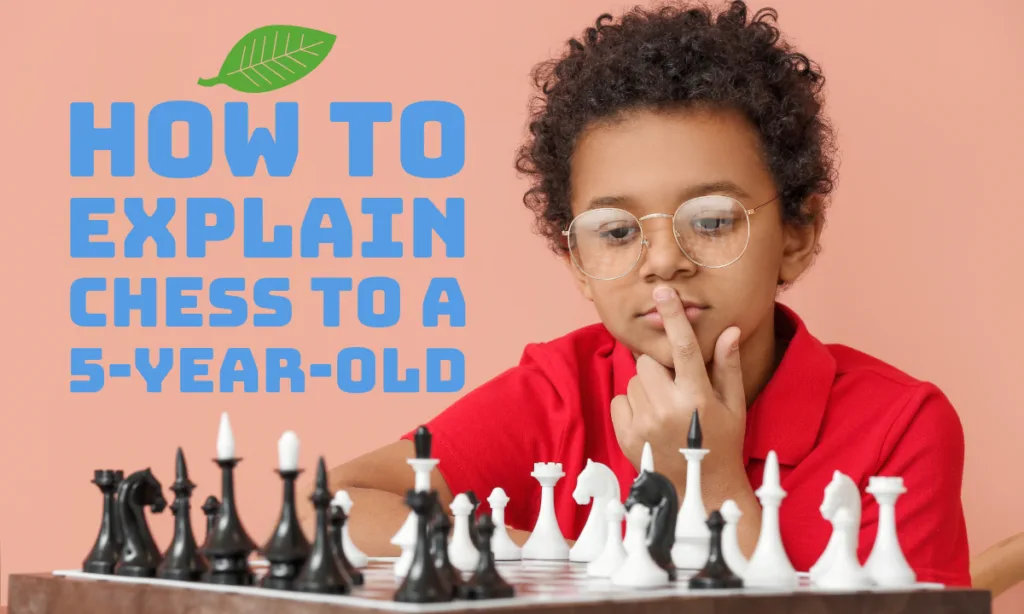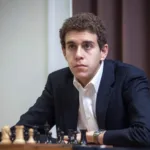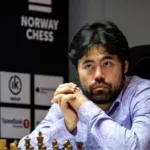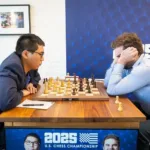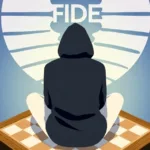Explaining chess to a 5-year-old can feel like teaching a cat to use a treadmill—it might take some creativity, but it’s totally possible (and surprisingly rewarding). Kids love stories, fun challenges, and the occasional laugh, so the trick is to make chess less of a textbook and more of an adventure.
Let’s break down the art of teaching chess to kids who think knights should actually ride ponies.
Step 1: Set the Stage with a Story
Forget “strategy” and “positional play” for now. Instead, introduce chess as a battle between two kingdoms.
- The king is the grumpy boss you must protect at all costs. If he’s caught, the game’s over.
- The queen is his super-powerful partner who can go anywhere and do anything (seriously, she’s a big deal).
- The pawns are the king’s brave little soldiers, marching forward one square at a time, dreaming of becoming queens.
- The knights, bishops, and rooks are his trusted lieutenants, each with their own special skills.
Now the board isn’t just 64 squares—it’s a battlefield where every piece has a role to play.
Step 2: Keep It Simple. Start with Pawns
Pawns are like training wheels for chess. They move one square forward (or two on their first move) and attack diagonally.
Explain it like this:
“Pawns are brave, but they can only fight by sticking out their elbows diagonally. If they reach the other side of the board, they get a magical promotion. You can turn them into a queen, a rook, or even a knight!”
Once they get this, you can move on to the more complicated pieces.
Step 3: Use Analogies for Each Piece
Kids love fun comparisons, so here’s how to explain each piece:
- King: “The king is slow, like a grandpa with bad knees. He moves one square at a time in any direction. You have to protect him because if he gets trapped, you lose!”
- Queen: “She’s like a superhero. She can move as far as she wants in straight lines or diagonally. But be careful—don’t lose her!”
- Rook: “The rook moves in straight lines, like a racecar zooming up and down the board.” Fun fact: The piece actually means “car” in some countries
- Bishop: “The bishop slides diagonally like it’s skating on ice. It stays on one color the whole game.”
- Knight: “The knight is a jumper—it goes two squares one way and then one square to the side, like an L shape. Oh, and it can leap over other pieces!”. Again, in some countries, knight piece also means a horse.
Read more: Chess points of Pieces: Why Your Queen is Basically a Ferrari
Step 4: Focus on the Goal
Many kids think the goal of chess is to capture as many pieces as possible. Gently correct them:
“The goal isn’t to take all your opponent’s pieces. It’s to trap their king so he can’t escape. That’s called checkmate.”
Demonstrate a simple checkmate, like a rook delivering a back-rank checkmate, so they can see what success looks like.
Step 5: Play Mini-Games
Don’t start with full games—it’s too much for their attention span. Instead, try mini-games:
- Pawn Wars: Set up only pawns and let them practice moving and capturing.
- King and Pawns vs. King: Teach them how to promote pawns and deliver checkmate.
- Queen vs. King: Show how the queen can dominate the board and checkmate the king.
These games build confidence and familiarity without overwhelming them. If you want to crank it up a notch or two, try this Beginner Chess Puzzles.
Step 6: Make Mistakes Fun
Kids will hang pieces, miss checkmates, and probably try to castle their king onto the wrong square. Laugh it off! Say things like:
- “Oops! Looks like your queen just went on vacation.”
- “Hey, your knight’s doing parkour—let’s bring him back to the board.”
Encourage them to try again. Chess is a game of learning through mistakes, so celebrate effort over results.
Step 7: Sprinkle in Cool Facts
Keep them hooked by sharing fun trivia:
- “Did you know the longest chess game ever played lasted over 20 hours?”
- “The word ‘checkmate’ comes from a Persian phrase meaning ‘the king is dead.’”
- “Magnus Carlsen, the world champion, learned chess when he was about your age!”
This makes chess feel bigger than the board in front of them.
Final Thoughts
Teaching chess to a 7-year-old isn’t about cramming opening theory or endgame technique—it’s about sparking curiosity and making the game fun. If they see chess as an exciting puzzle rather than a daunting task, they’ll keep coming back for more.
And who knows? Maybe that kid you just taught will grow up to be the next world champion—or at least someone who beats you at your own game.
I’m the senior editor of Attacking Chess, a keen chess player, rated above 2300 in chess.com. You can challenge me or asking questions at Chess.com.

